Cat5 vs Cat5e
Category 5 (Cat5) cables have been already running for a while. You’ll likely see them in most existing installations. But these cables are already getting short in terms of bandwidth capacity.
They cannot support the speeds that new networks demand. The cabling industry improved this cable and created the Cat5e, which is an enhanced version of the Cat5.
So what is the difference between Cat5 and Cat5e network cable?
Cat5 vs Cat5e
Cat5e twisted pair cable is newer and supports faster data transmission rates than Cat5.
It achieves this by reducing the interference between cables making Cat5e the preferred cable of the network industry.
With it, you can connect your computer, networking equipment, and VoIP devices to a high-speed network.
For more details on the difference, keep reading.
Understanding Categories
The category “Cat” is just the description of the physical qualities of the cable, it has no relation to the transfer speed of the cable. Cables that fall in the same category, such as 5 and 5e (or 6 and 6e), are built with the same physical attributes, such as cable type, or the number of pairs.
The category also describes the same frequencies.
Within a category, there can be variations or enhancements such as “5e”.
The Cat5 and Cat5e
Category 5 cables are the fifth generation of twisted paired Ethernet cables. The “5” represents newer and better cable manufacturing specifications, as compared with older generations. As a generalization, the higher the number here, the faster the transmission rate. The Category 5 specification was defined by ANSI/TIA/EIA-568-A.
The Cat5
Cat5 is one of the most common cables existing today.
The Cat5 cable provides a bandwidth of up to 100MHz, and its speed can range from 10Mbps to a maximum of 100 Mbps.
Cat 5 is suitable to carry Ethernet signals, but also telephony and video.
The cable comes as UTP (Unshielded Twisted Pair) cable, but can also be found as SCTP (Screened Twisted Pair).
The UTP Cat5 wires are twisted to reduce some noise and crosstalk but are not confined in foil to avoid interference, as STP does.
The downside of Cat5 cable is that it is more susceptible to crosstalk (interference).
Due to this disadvantage, it has become obsolete and is being replaced by the new Cat5e specification.
Cat5e (Category 5 enhanced)
The frequency used (100MHz) and the manufacturing process of Cat5e are the same as Cat5. They are pretty much the same in the way their wires are arranged.
The main difference between Cat5 and Cat5e is in the specification. Cat5e is a variant of the Cat5 specification, which aims to reduce the amount of cross talk (interference between wire pairs).
Cat5e can provide faster transfer rates, from 1000 Mbps and up to 1Gbps (Gigabit Ethernet).
Another advantage is that Cat5e can be more flexible, so you can bend it to fit it in smaller spaces.
Today, some of the new Cat5 cables may meet up with the Cat5e specifications, but they are not certified to be a 5e cable.
Final Words
It is evident that newer cables will likely support faster bandwidth. They are backed up by previous generations and more modern technology. It is common to see Cat5 all around.
Most existing installations are still running Cat5 cables to connect their network devices, but as the technology around them evolves, so does the cables need to change.
Using Cat5 on new equipment will likely worsen the network speeds. That is why it is not recommended to install Cat5 in new installations. The cable will be unable to transfer at the rates that new devices require.
Cat5 is not recommended for new installations and in terms of cost-efficiency and speed, Cat5e is the best option for now.
Cat5 and Cat5e cable FAQs
Is enhanced Cat5 the same as Cat5e?
Yes. The “e” in Cat5e standard for “enhance.” Usually, people would say “Category 5 enhanced,” but “enhanced Cat5” is just as good.
What is the max speed of Cat5 cable?
The specification of Cat5 cable is that it should offer a data throughput speed of between 10 Mbps and 100 Mbps. So, the maximum speed that a Cat5 cable can offer is 100 Mbps.
Source: pcwdld
Related products...
Network Cable
Network Cable
Network Cable











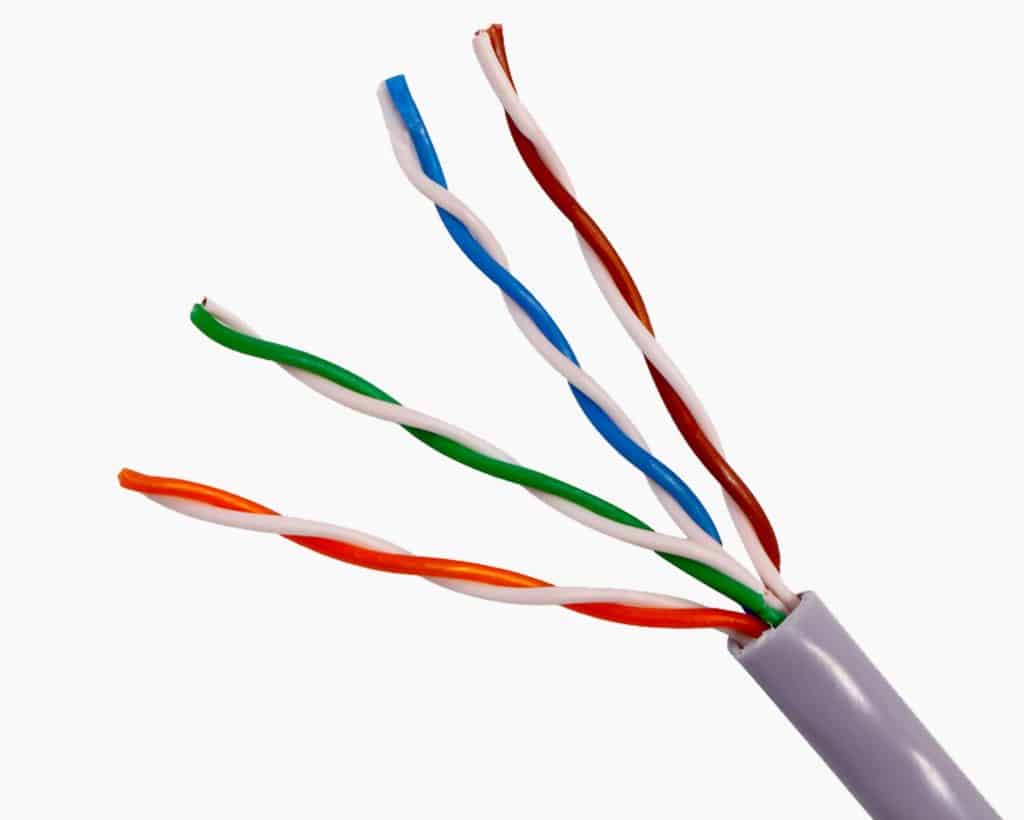
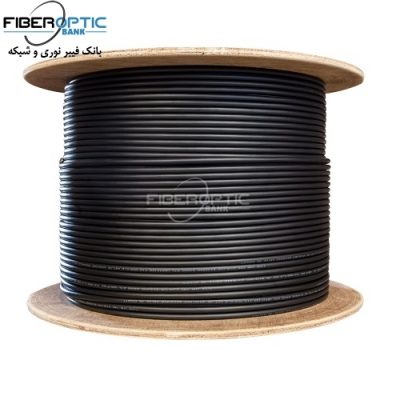
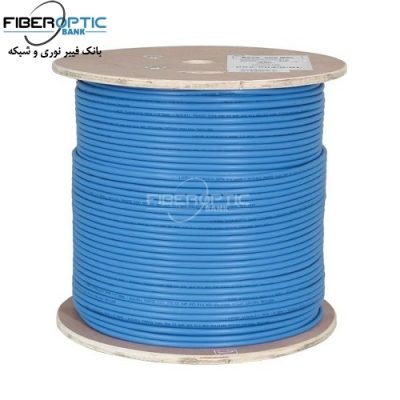
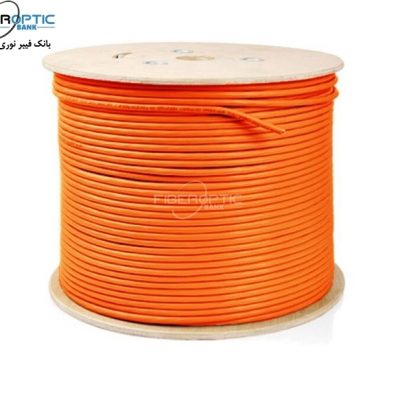
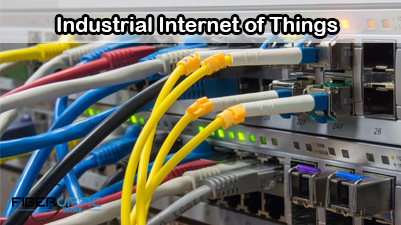

[ratings]